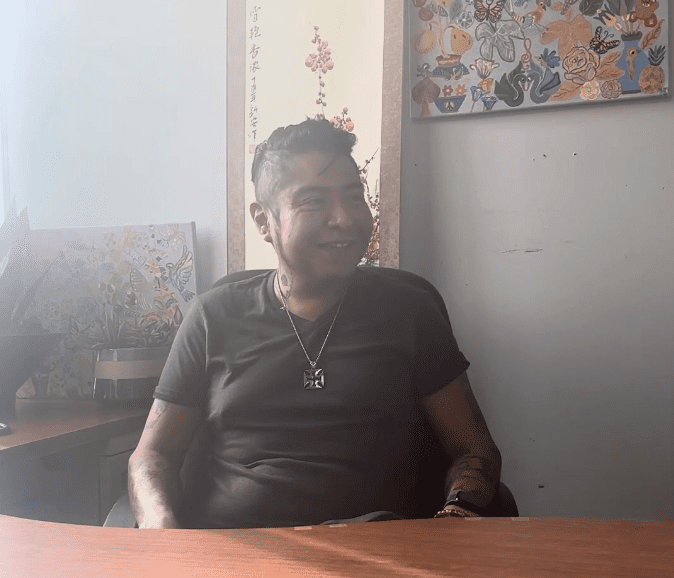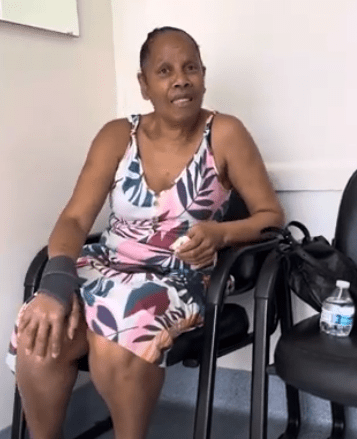Specialty Treatment For Knee Pain
Knee pain is a pain affecting the knee joint itself and the soft tissues around the knee. The pain can be severe and affect an individual's balance and steadiness, which in turn can cause hip and back pain. As a result, many people consider surgery to help minimize their pain.

We Work To Help You Get Your Life Back With Our New, Innovative Treatment
Minimally Invasive Treatment
Non-Narcotic & Steroid Free
97% Feel Immediate Relief
Treat Your Knee Pain Today
When you have chronic knee pain walking upstairs and getting out of the car becomes a chore. With Reset Injections, we strive to make the simple things simple again.
Get In Touch
Regardless of Your Pain, We Are Confident That We Can Treat Your Symptoms
We have treated over 2,000 patients using our proprietary treatment with all different types of pain and discomfort ranging from neuropathy all the way to cancer pain and everything in between. If you have pain or discomfort, we are here to help!
Christian Vásquez
Christian had terrible knee pain that required him to use a cane and prevented him from working. After our injections, he no longer has to walk with a cane and can get back to working!
Walked in with a cane, walked out without one!
Angela Winston describes how rapidly she saw results with Reset injections after having to use a cane to get around

Who Is Dr. ElKhoury?
Dr. ElKhoury has been practicing medicine for over 40 years. His research and discoveries have helped shape the medical industry we see today - he has created techniques and protocols for knee replacements, liver transplants, and much more that are still currently the industry standard.
Dr. Elkhoury is a nationally renowned expert in pain management who completed and published extensive research on various pain management topics. He is published in prestigious peer-reviewed journals like The New England Journal of Medicine and Anesthesiology. He won awards for the quality of his research on peripheral pain receptors. Dr. Elkhoury served six years as the director of the pain clinic at UCLA and the Cancer Pain clinic at UCLA, where he was involved in treating patients with complex pain. Dr. Elkhoury was not just the director; he was also teaching while supervising the pain management residents and interns. Additionally, he was the Director of Anesthesiology for the liver transplant department at UCLA and St. Vincent Medical Center
Decades of Experience in Pain Management
Patients Treated
Years of Experience
Medical Publications
Treat Your Knee Pain Today
Knee pain can affect anyone at any stage in life. Do not let that anyone be you anymore. Walking can be easy again. Let’s start managing your symptoms today.



